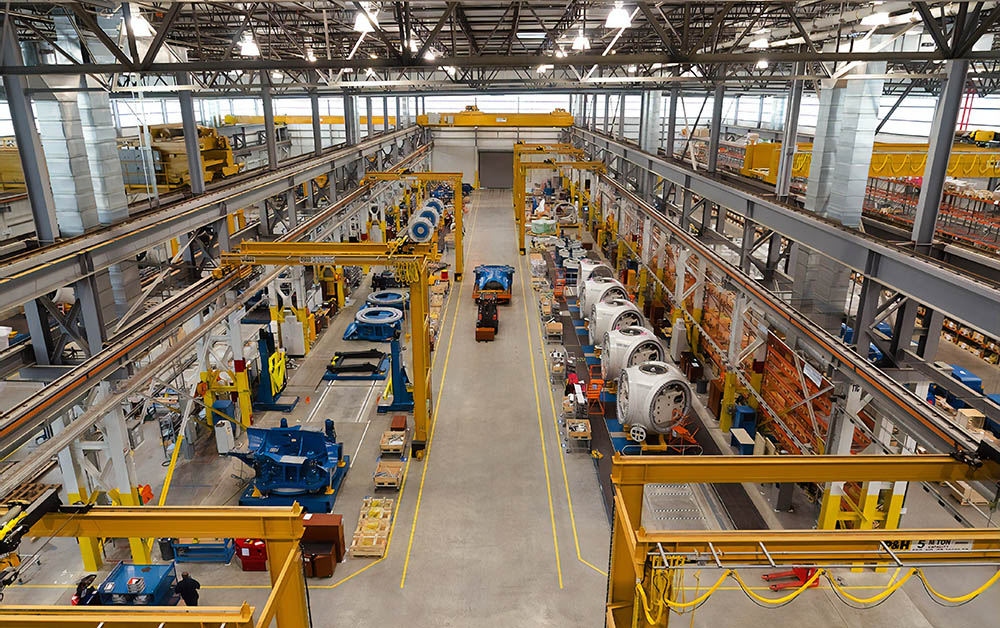Manufacturing is an industry that is looking to big data and advanced analytics to help make some of their most important decisions. Analytics is providing critical support for increasing productivity and efficiency while maintaining quality. The use of big data can also be used to accelerate innovation which is becoming necessary to remain competitive.
There are seven key areas where big data is making inroads in manufacturing:
1. Product quality: For most manufacturing companies, product quality is “job one.” Frequently, manufacturers are collecting and storing the data needed to improve quality on assembly lines, but this data remains siloed and broader insights to provide direction has not been achieved. By consolidating the sources of this data, the business can leverage valuable insights.
For instance, using predictive analytics in testing may provide significant cost savings, but standard testing requires that a single product may require hundreds or even thousands of tests. This number can be dramatically reduced through pattern recognition and analysis of big data. The analytics will determine the number and types of testing that are essential for each product. Furthermore, sensor data analytics can identify and detect defects earlier, reducing the time and money spent on adjustments to processes and procedures.
2. Maintenance: Operational data from virtually any type of machinery can now be collected and analyzed, all in real-time. The ability to see small variations in key criteria such as operating temperature, vibration, current draw, etc. can provide insights on potential failure before it becomes noticeable to operators. Historical information on such criteria can help plan scheduled maintenance before a failure occurs during a critical production run. This reduces downtime and eliminates costs associated with warranties.
Big data also identifies machinery that should be replaced and extends the life of equipment that is kept in good working order. Additional factors such as the operating environment can affect the longevity of equipment. Harsh manufacturing environments can impact performance and the needs for data increase. Manufacturers can avoid sudden failures that might cripple a business without any warning.
3. Build to order: In recent years, the "build-to-order" (BTO) approach that was prevalent in the automotive industry has been extended to other sectors, including aviation, computer services, and even basic consumer goods. This trend shows no sign of abating.
However, to recognize sustained growth from BTO, a manufacturer must construct a platform to efficiently analyze customer behavior and sales data. Specifically, big data is added to project order volumes for each configuration and to determine profitability. Accordingly, manufacturers can incorporate changes in the supply chain that address problems and provide solutions.
4. Warranties and recalls: Issues plaguing manufacturers after sales are made – namely, warranty claims and recalls of products – can spiral dangerously out of control if left unchecked. Big data can help identify potential trouble spots in the manufacturing process and head off problems before they occur – being able to catch a run of a product that does not meet specifications due to an unnoticed problem in the manufacturing process for example. Not only does this save companies money and aggravation, but it also results in better, and more marketable, products.
5. Real-time tracking: To maximize quality and quantity, manufacturers must track and assess data from their production lines daily, preferably in real-time. Continuous input from assembly lines, including valuable sensor data, can be factored into decisions and combined with financial information. This requires near-instant communication between the plant floor and the C-suite.
The use of big data in daily activities leads toward growth opportunities, maximization of resources and potential cost savings. However, as is usually the case, you must have the right tools to do the job right.
For instance, within the shipping department of a firm, analyzing the data related to frequent orders they re-organized their picking zones to distribute the high movers to maximize the picking rate. This enabled them to increase their order fulfillment from X per day to Y per day without increasing staff.
6. Enterprise comparisons: Advancements in big data make it possible to establish benchmarks, quickly compare production at different sites, and identify the reasons for any differences. Historically derived thresholds can be utilized to provide early indicators of behavior to allow the business to adjust in a timely fashion. By using predictive models, manufacturers can focus on entire markets, developing “what-if” scenarios to predict various outcomes.
These insights can help drive global decisions such as where to build factories when to increase the production of a certain product in a market and reduce it in another due to demand, when certain work sites should be closed or relocated and when and how new products may be introduced into the marketplace. Big data makes difficult questions easier to answer.
7. Supply chain management: Suppliers are sharing big data with manufacturers to provide more transparency and facilitate communication between parties. For example, a manufacturer can pinpoint delays and react accordingly, thereby reducing waiting time. In the same vein, manufacturers can present production metrics for suppliers to accommodate their needs. Data can be provided in the right format for the task – from live data feeds to dashboards tuned for the audience.
With greater visibility into supplier quality levels and other performance data, manufacturers are better able to assess, manage and negotiate risk management aspects. Because supplier needs are quantifiable, companies can make informed risk management decisions and develop appropriate strategies.
Big data analytics can boost manufacturing efficiency, help executives make smarter decisions and discover new ways to drive innovation moving forward. The tools and methods to integrate and/or consolidate customer, operational and sales data get better every day. Finding the right partner can accelerate those efforts.
Do you have questions about how big data can help improve processes in your manufacturing business? Click here to contact Thomas Finley today.

